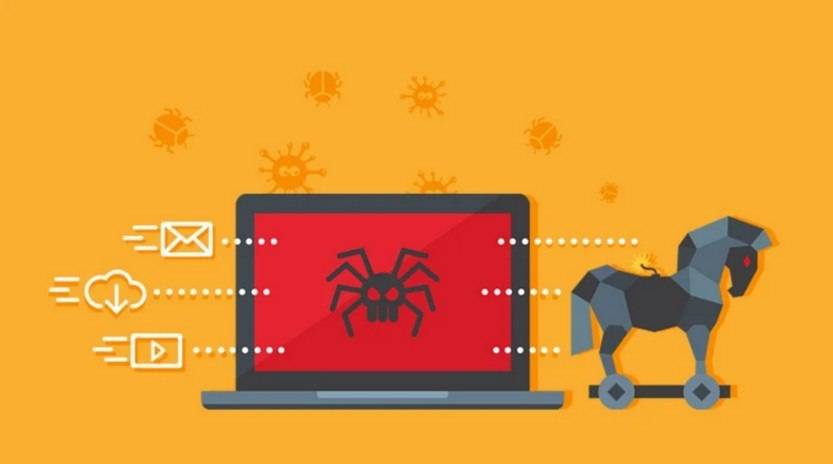Scams have become an unfortunate reality in the digital age, with cybercriminals constantly devising new ways to deceive unsuspecting individuals. One such scam that has gained traction in recent years is the AOL ‘Account Has Been Restricted’ phishing scam. This article aims to provide a comprehensive overview of this scam, including what it is, how it works, what to do if you have fallen victim, technical details, and relevant statistics.

What is the AOL ‘Account Has Been Restricted’ Phishing Scam?
The AOL ‘Account Has Been Restricted’ phishing scam is a fraudulent scheme that targets AOL email users. The scam typically involves sending an email to the victim, claiming that their AOL account has been restricted due to suspicious activity or a violation of the terms of service. The email often appears to be from AOL itself, complete with the company’s logo and branding, making it difficult for recipients to distinguish it as a scam.
These phishing emails are designed to trick users into providing their AOL login credentials, which the scammers can then use to gain unauthorized access to the victims’ accounts. Once the scammers have access, they can use the compromised accounts for various malicious activities, such as sending spam emails, spreading malware, or conducting further phishing campaigns.
How Does the Scam Work?
The AOL ‘Account Has Been Restricted’ phishing scam typically follows a well-defined process. Here is a step-by-step breakdown of how the scam works:
- The scammers send out mass emails to a large number of AOL users, hoping that some recipients will fall for the scam.
- The email appears to be from AOL and contains alarming subject lines, such as “Your AOL Account Has Been Restricted” or “Action Required: Verify Your AOL Account.”
- The email body usually includes a message stating that the recipient’s account has been restricted due to suspicious activity or a violation of the terms of service.
- To resolve the issue, the email instructs the recipient to click on a link or visit a website to verify their account.
- The link or website provided in the email is a fake AOL login page that closely resembles the legitimate AOL login portal.
- Unsuspecting victims enter their AOL login credentials on the fake page, believing they are resolving the account restriction.
- The scammers collect the entered login credentials and gain unauthorized access to the victims’ AOL accounts.
- With access to the compromised accounts, the scammers can carry out various malicious activities, potentially causing significant harm to the victims and their contacts.
What to Do If You Have Fallen Victim?
If you have fallen victim to the AOL ‘Account Has Been Restricted’ phishing scam, it is crucial to take immediate action to minimize the potential damage. Here are the steps you should follow:
- Change your AOL account password immediately to prevent further unauthorized access.
- Scan your computer for viruses and malware using a reputable security software like Malwarebytes Free.
- Review your account settings and ensure that no suspicious changes have been made.
- Check your sent folder for any unauthorized emails that may have been sent from your account.
- Notify your contacts about the scam to prevent them from falling victim as well.
- Consider enabling two-factor authentication for your AOL account to add an extra layer of security.
- Report the phishing email to AOL and any relevant authorities, providing them with all the necessary details.
Technical Details of the Scam
The AOL ‘Account Has Been Restricted’ phishing scam relies on various technical tactics to deceive users and gain unauthorized access to their accounts. Here are some key technical details of the scam:
- The scammers often use email spoofing techniques to make the phishing emails appear as if they are coming from AOL’s official email addresses.
- The fake AOL login pages used in the scam are meticulously designed to closely resemble the legitimate AOL login portal, making it difficult for users to spot the deception.
- The scammers may use social engineering techniques to create a sense of urgency or fear in the victims, increasing the likelihood of them falling for the scam.
- Phishing emails may contain malicious attachments or links that can install malware on the victims’ devices, further compromising their security.
Statistics on Phishing Scams
Phishing scams, including the AOL ‘Account Has Been Restricted’ phishing scam, continue to be a significant threat in the digital landscape. Here are some eye-opening statistics that highlight the prevalence and impact of phishing scams:
- According to the 2021 Verizon Data Breach Investigations Report, phishing attacks accounted for 36% of all data breaches.
- The Anti-Phishing Working Group (APWG) reported a staggering 220,000 unique phishing campaigns in the first quarter of 2021 alone.
- In 2020, the FBI’s Internet Crime Complaint Center (IC3) received over 241,000 complaints related to phishing scams, with reported losses exceeding $54 million.
- A study conducted by Google found that phishing attacks are successful 45% of the time, highlighting the effectiveness of these scams.
Summary
The AOL ‘Account Has Been Restricted’ phishing scam is a deceptive scheme that targets AOL email users, tricking them into providing their login credentials. This article has provided a detailed overview of the scam, including its definition, how it works, what to do if you have fallen victim, technical details, and relevant statistics. It is crucial to remain vigilant and informed about such scams to protect ourselves and our digital identities. By following the recommended steps and staying cautious, we can minimize the risk of falling victim to phishing scams and other cyber threats.










